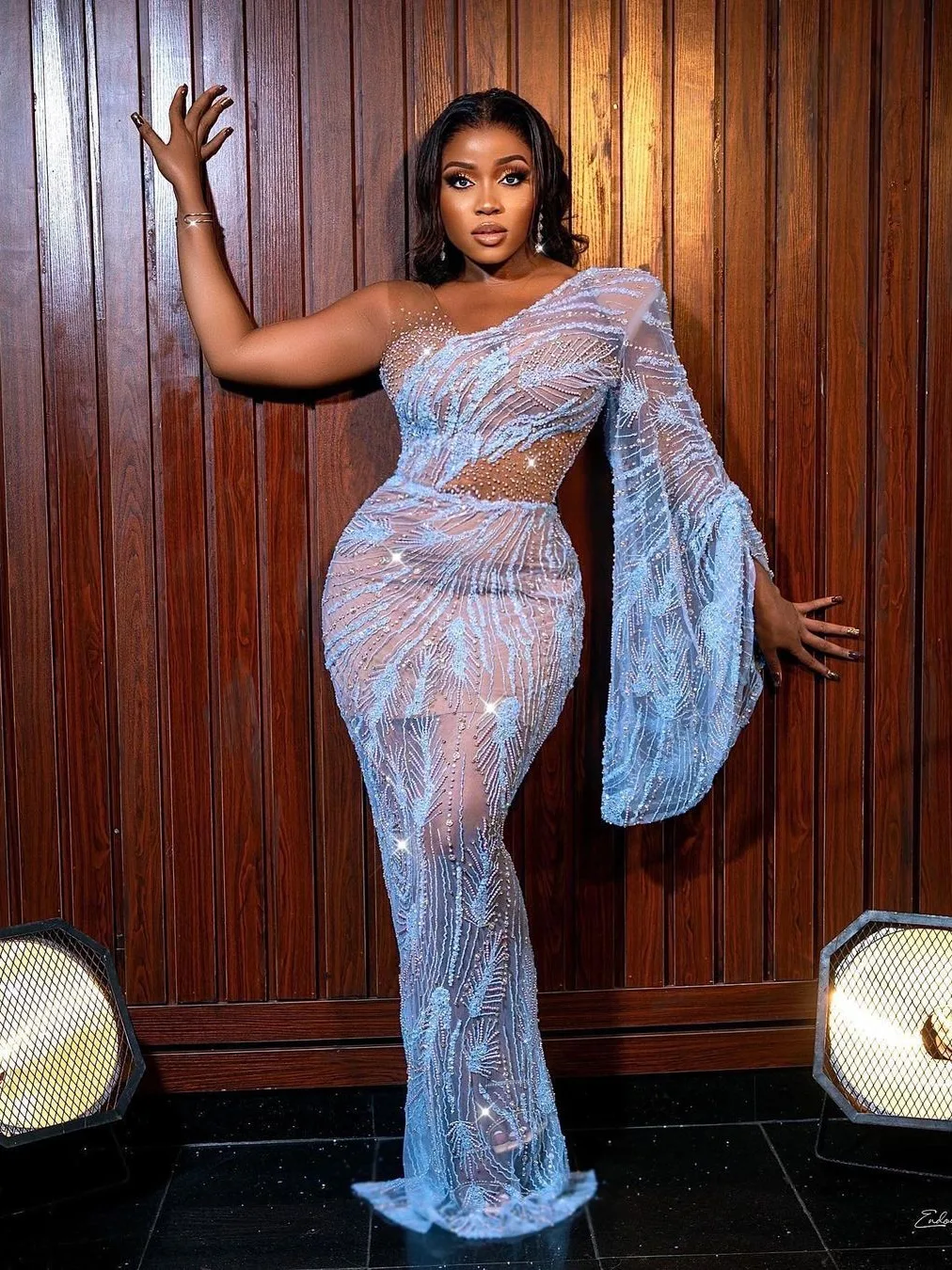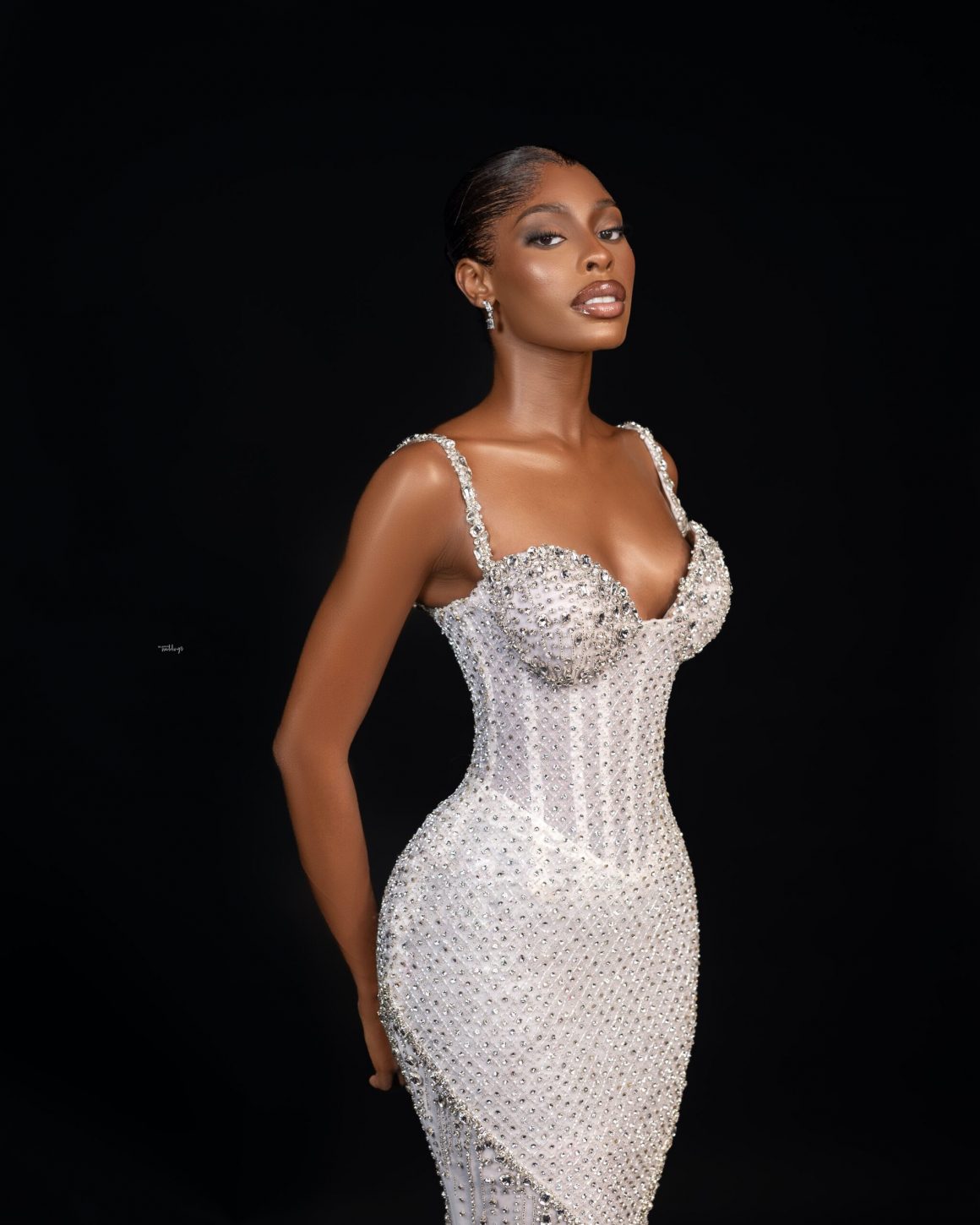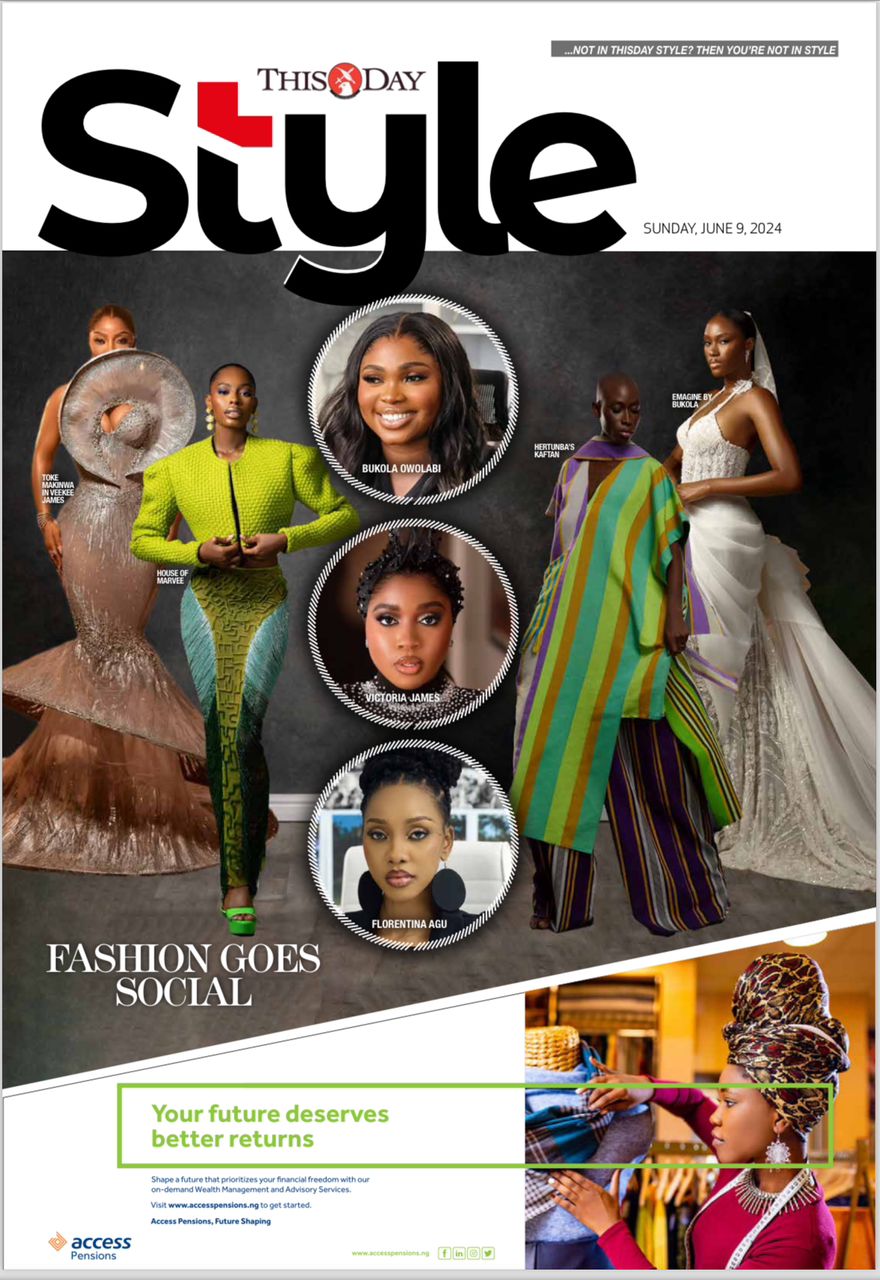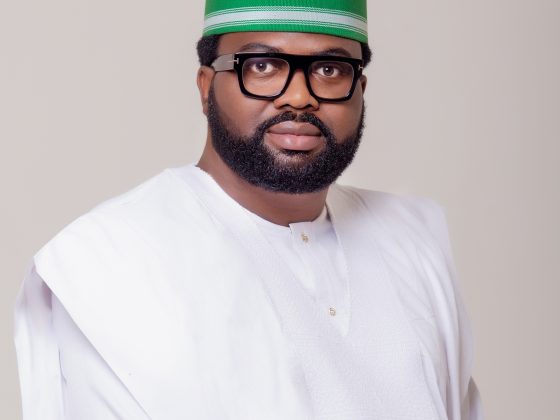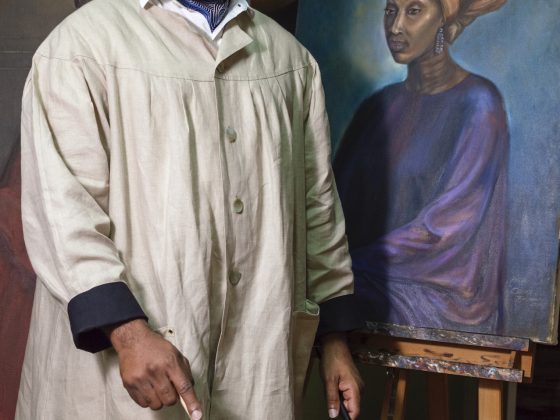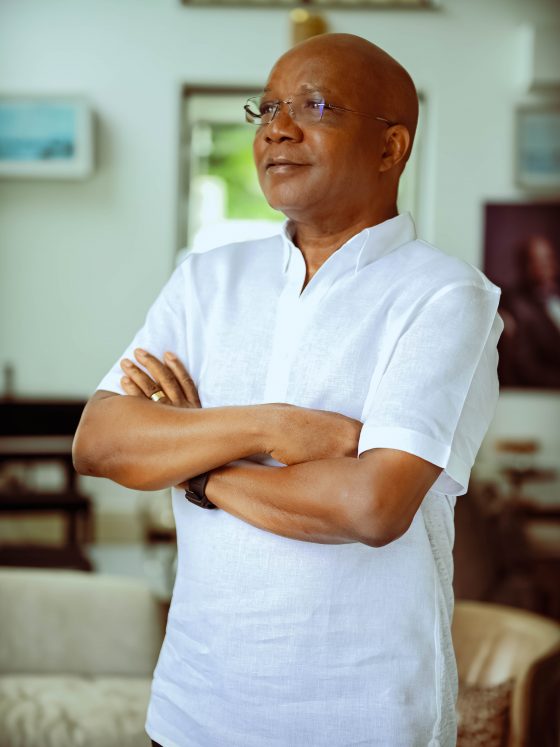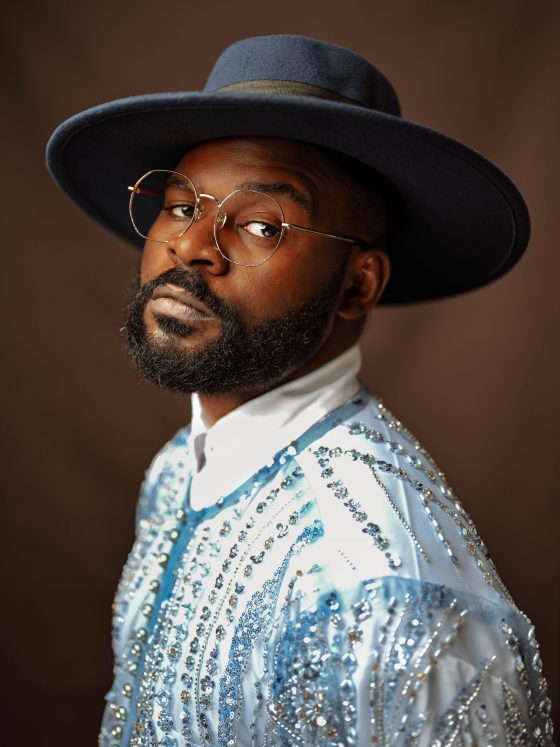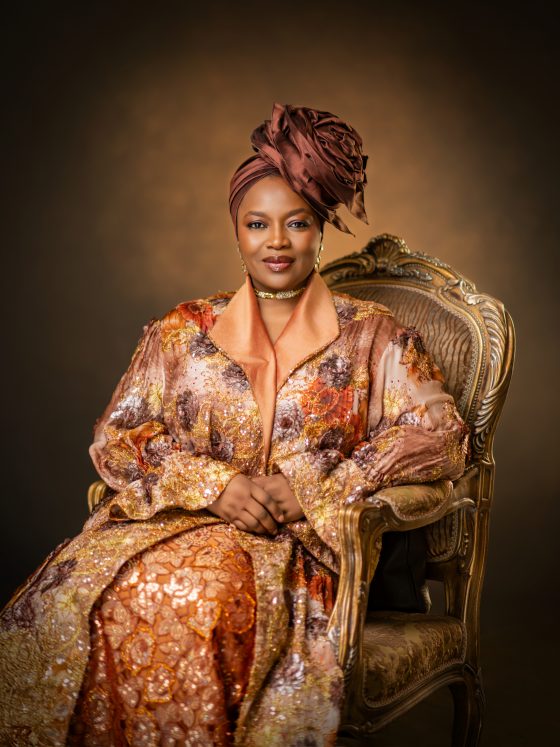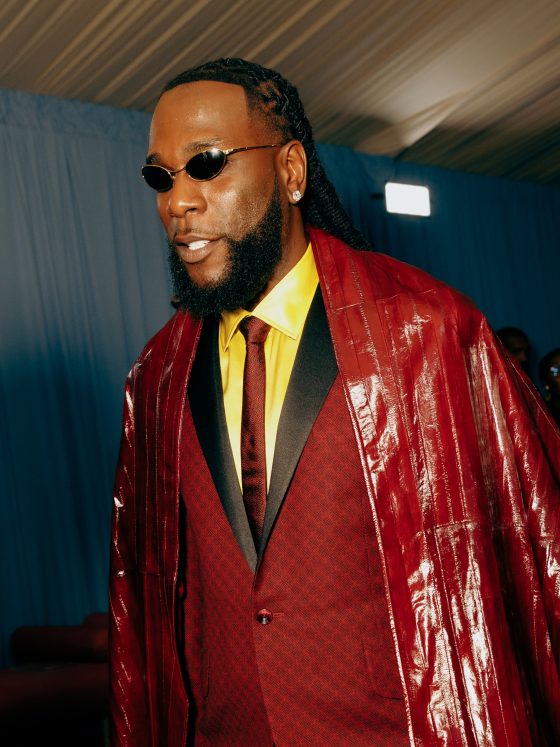The New Guards
In the ever-evolving world of the Nigerian fashion industry, a new vanguard of designers are rewriting the playbook for success.
Fashion’s New Vanguard
Gone are the days when the journey to fashion stardom solely wound through the runways, meticulous networking, attending fashion industry events, and securing the favour of magazine editors. Instead, the digital domain has become the new proving ground for emerging talents. Leveraging the power of social media, these designers have not just entered the fashion arena—they have stormed it, bringing a seismic shift in how fashion is marketed, consumed, and celebrated.
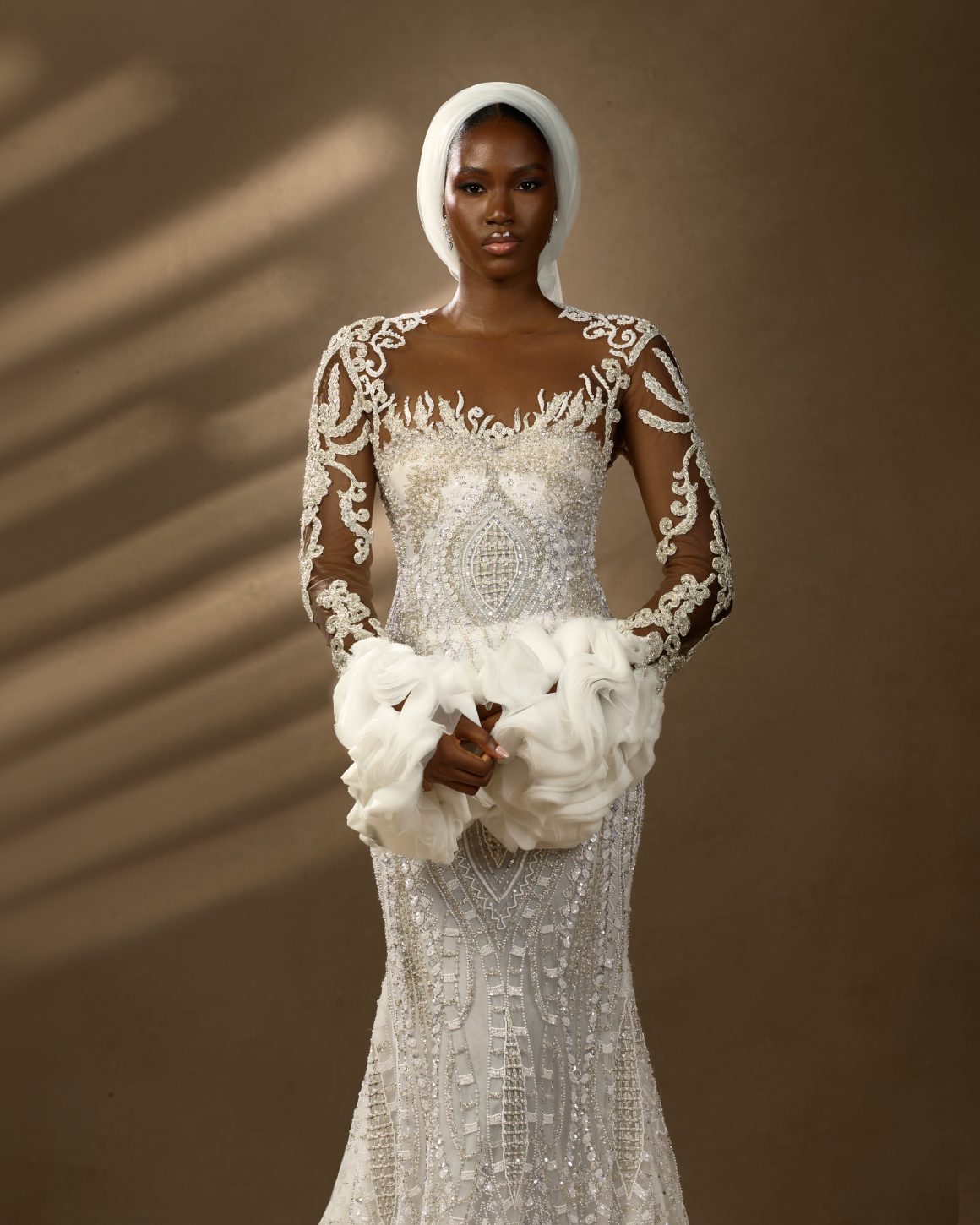


The Rise of Social-Savvy Designers
Designers like Victoria James, popularly known by her brand name, VeeKee James, are at the forefront of this revolution. Raised by a fashion designer, Victoria’s foray into the fashion world began in her teenage years, expanding over time to include makeup, wig-making, and beauty blogging. These multifaceted experiences have culminated in her current prominence in the fashion industry.
Victoria James is not alone in this digital revolution. Designers like Bukola Owolabi and Florentina Agu have also carved out their niches through online platforms. Owolabi, the visionary behind Emagine by Bukola, has become a sensation on the Nigerian fashion scene, while Agu, founder of the Hertunba brand who began her journey in fashion at 13, learning the intricacies of design through dressmaking classes is one of those changing the face of ready to wear fashion. These brands have utilised social media as a powerful tool to build their brands and attract a global audience.
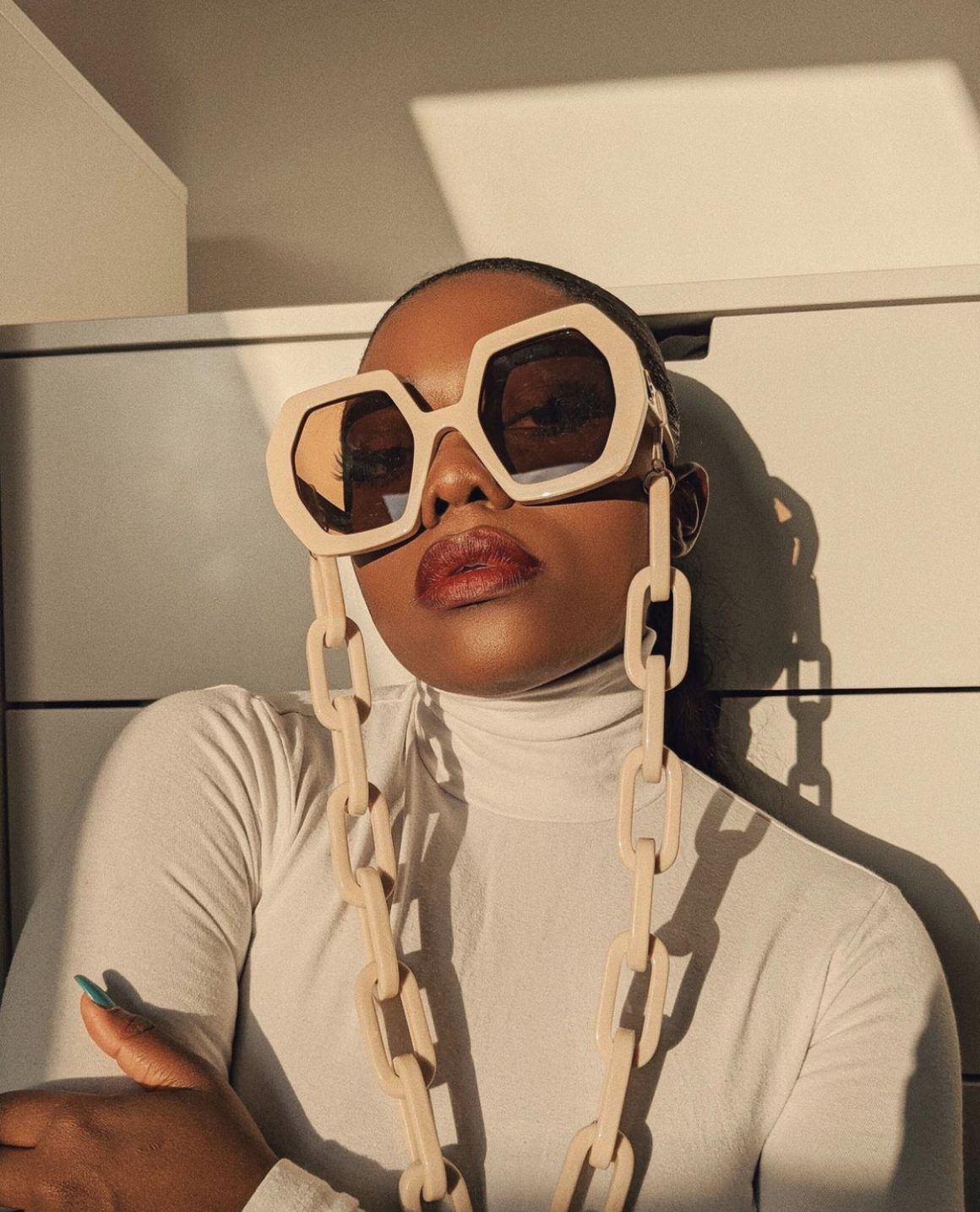

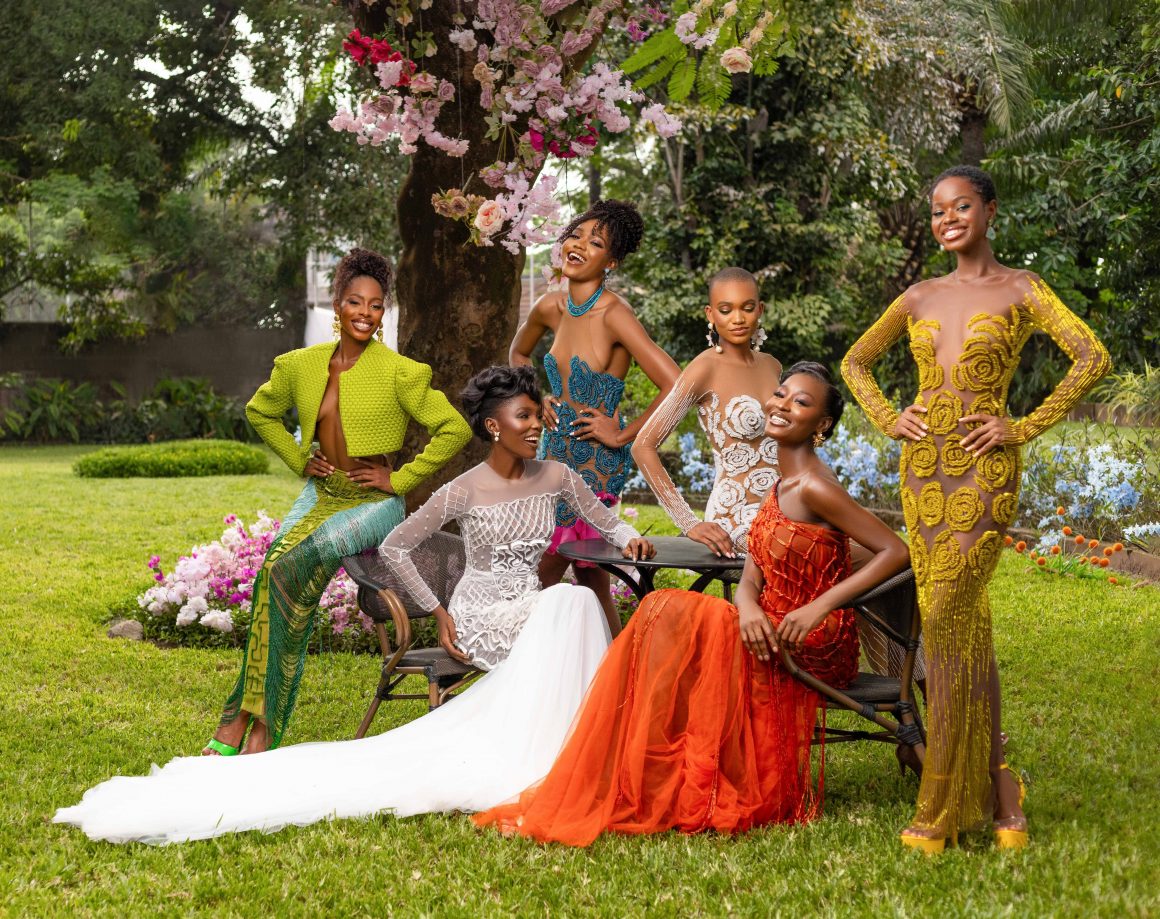
The Power of Influence
In the digital era, the currency of clout and influence reigns supreme. Acquiring, leveraging, and maintaining clout has transformed the fashion landscape, moving away from traditional success metrics such as design quality or sales figures to focus more on social media impact, audience engagement, and appeal to younger demographics.
The phenomenon extends beyond individual designers. Fast fashion brands are also increasingly adopting influencer tactics, blurring the lines between creator and curator. Designers like Derin Odugbesan Thomas exemplify this trend. Originally a fashion influencer, Derin leveraged her substantial following to launch her label, turning fans into customers. “The influence I garnered as an influencer provided a ready-made customer base for my designs,” she explains. Before her are the likes of Fisayo Longe, whose strong online presence gave birth to the fashion brand Kai Collective.



It’s a reciprocal relationship where every post enhances the brand’s visibility and deepens the audience’s loyalty. The power of this connection cannot be overstated.
Redefining Industry Standards
For the designers, garnering likes, shares, and comments is no longer just about vanity metrics; it is a potent tool for building brand equity and driving sales. The direct engagement afforded by social media platforms means that consumer feedback is instantaneous and palpable, guiding designers more swiftly and effectively than ever before. Online fashion retailer Ozinna Anumudu acknowledges this shift, noting, “Social media hasn’t just changed the game; it’s created a new one. Designers who understand and embrace these platforms are reshaping what it means to be successful in fashion.”
This shift has profound implications for traditional elements of the fashion industry. Fashion shows, once the pinnacle of a designer’s seasonal efforts, are being reconsidered. While they remain a significant aspect of the industry, social media offers a more inclusive and continuous showcase that can reach more people without geographical or financial barriers.
Indeed, the democratisation of fashion through social media challenges the exclusivity that once defined the industry. Younger audiences, particularly millennials and Gen-Z, are drawn to brands they feel part of, which personally resonate with their values and aesthetics.


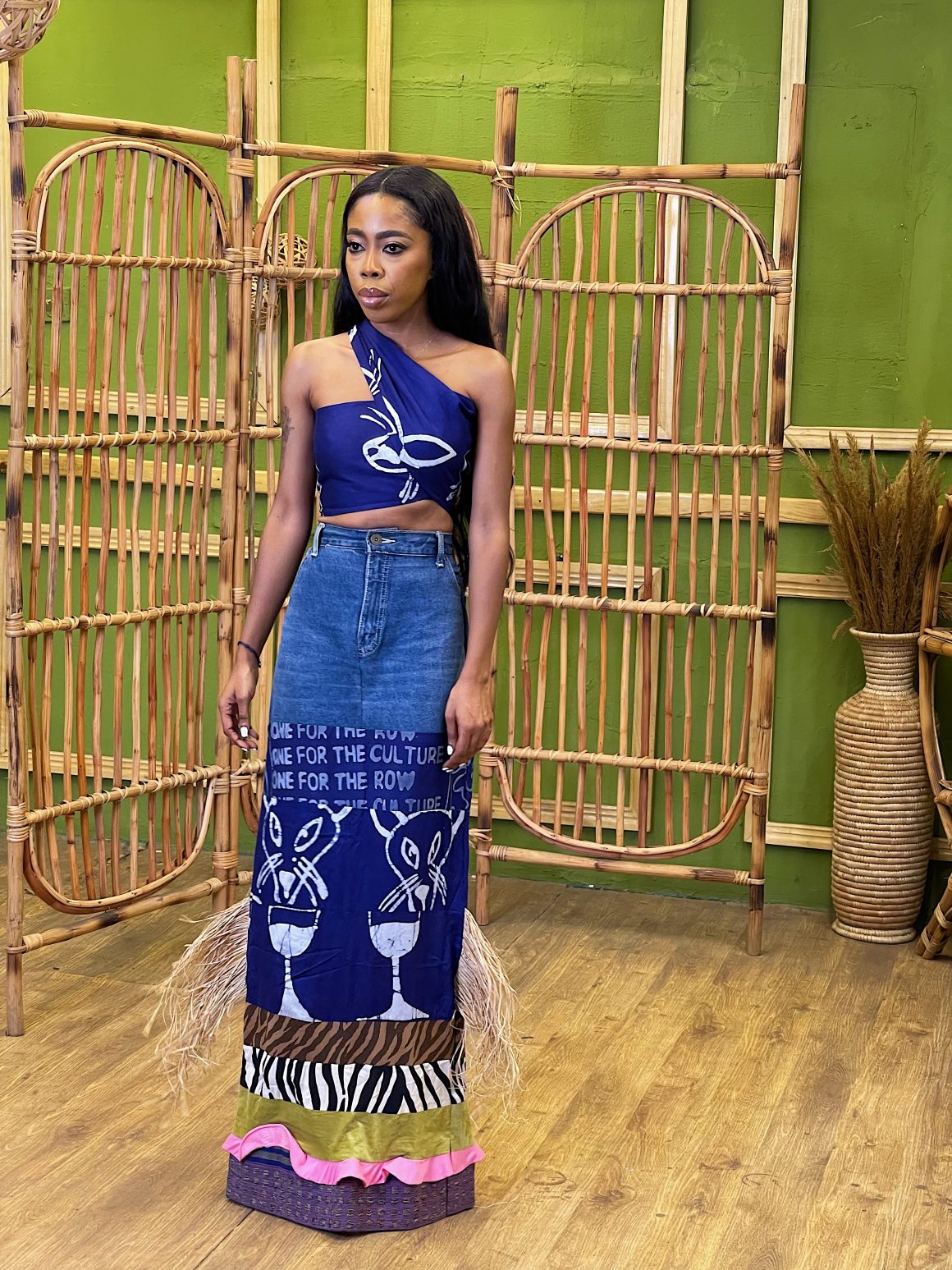
The Impact on Traditional Fashion
This digital revolution is not without its tensions. Traditional designers, who rose through decades of craftsmanship and personal networking, sometimes find themselves at odds with the rapid pace of online trends. Some might argue that while they appreciate these new designers’ fresh energy, there is a depth of technique and history in traditional fashion that risks being overshadowed. The format of fashion shows, too, has evolved. Many brands now stream their shows online, integrating interactive elements to engage a global audience that participates from the comfort of their homes. The runway is now virtual, and our audience is international,” another who has successfully bridged traditional and digital fashion practices.
Bridging the Divide: A Synthesis of Old and New
Despite the challenges, there is a growing realisation that the future of fashion lies in a synthesis of old and new. Savvy established designers are adapting, collaborating with digital influencers or adopting new media strategies themselves. Meanwhile, the newcomers respect and draw on the deep roots of the industry, understanding that the craft’s history enriches their work, lending it authenticity and depth.
What the Future Holds
The consensus is clear: integrating social media into fashion is not just a trend but a profound evolution in how fashion is created, consumed, and perceived. Reflecting on this transformation, consumers like Tonia, a 22-year-old fashion enthusiast from Abuja, capture the sentiment: “I love that I can see a designer’s new collection on Instagram and immediately feel a connection. It’s more than fashion; it’s about feeling part of a community.”
